Puppy Toys: Safe Picks for Your New Best Friend
Got a new pup bouncing around the house? The right toy can turn chaotic chewing into happy play and even help with training. Below you’ll find easy‑to‑follow advice on picking toys that are safe, fun, and good for your puppy’s development.
What Makes a Toy Puppy‑Proof?
First off, size matters. A toy that’s too small can be swallowed or cause choking. Aim for toys that are at least as big as your puppy’s mouth when it’s fully open. Next, look at the material. Soft rubber, natural fibers, and sturdy plush with reinforced stitching are the best bets. Avoid toys with tiny squeakers or plastic parts that can break off.
Durability isn’t the only factor. Puppies love to chew, but they also need something that satisfies their instinct to bite without hurting their gums. Toys with a gentle texture—like rubber rings or fleece balls—provide a soothing surface for teething. If you notice your puppy gnawing a lot, switch to a rubber chew toy that can be frozen; the cold numbs sore gums and prolongs chewing sessions.
Choosing Toys for Play, Training, and Enrichment
Mix it up. A single type of toy gets boring fast, and variety keeps your puppy mentally sharp. Here are three categories to stock:
- Chew toys: Rubber bones, nylon sticks, or freeze‑wet cloth ropes. Great for teething and dental health.
- Interactive toys: Small balls that bounce, soft tug ropes, or puzzle toys that hide treats. These encourage problem‑solving and burn energy.
- Training aids: Simple fetch toys or clicker‑compatible items that reward good behavior. Pair them with treats for faster learning.
When you introduce a new toy, supervise the first few minutes. Watch how your puppy interacts—if the toy starts to fray, pull it away before it becomes a hazard. Rotating toys every few days keeps interest high and prevents wear and tear.
Cleaning is simple but essential. Most rubber toys can be tossed in the dishwasher or washed with warm soapy water. Plush toys should be machine‑washed on a gentle cycle and dried thoroughly. A clean toy means fewer germs and a healthier pup.
Finally, remember that toys are more than just entertainment. They’re tools for bonding, training, and keeping your puppy’s mind busy while you’re at work. A well‑chosen toy can stop a puppy from chewing your shoes, calm an anxious pup, and even speed up name recognition when you use it during training games.
So next time you’re scrolling through the pet aisle, keep these quick checkpoints in mind: size, material, purpose, and durability. Grab a mix of chew, interactive, and training toys, rotate them regularly, and watch your puppy grow into a well‑behaved, happy dog.
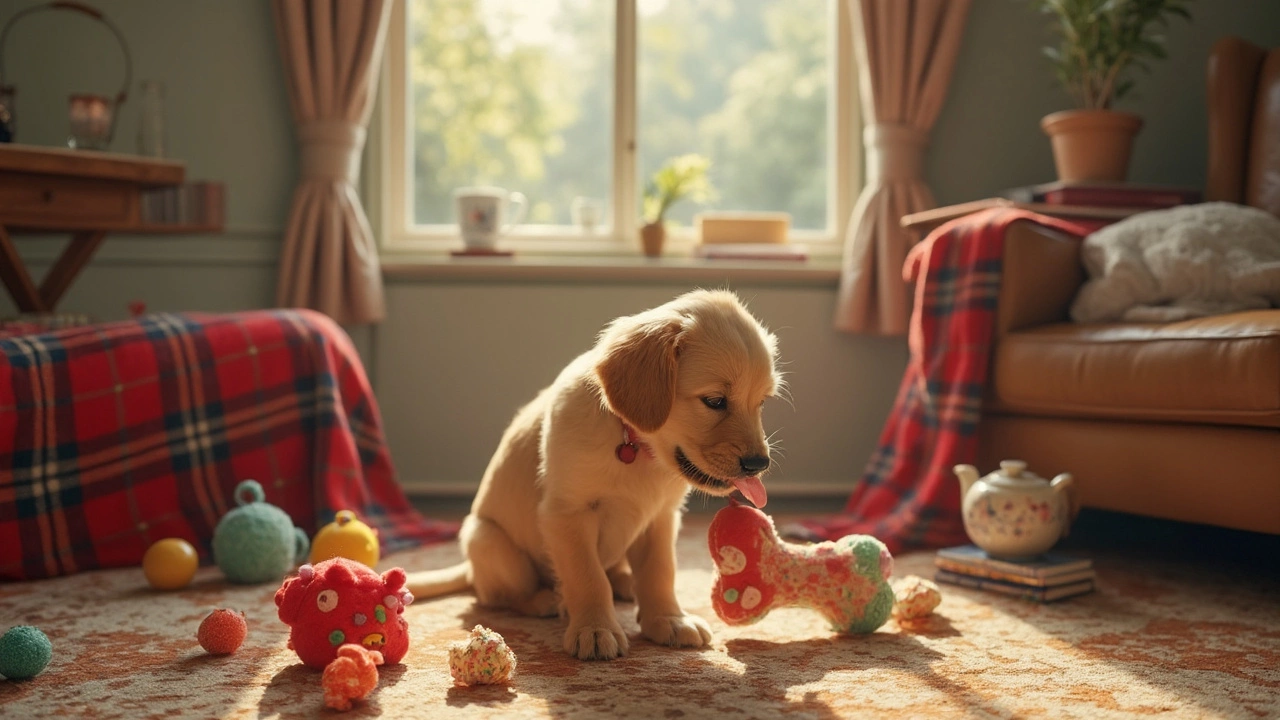
Best Toys for New Puppies: What Actually Works
Figuring out which toys are best for a new puppy can feel overwhelming when shelves are packed with endless options. This article breaks down exactly what new puppy owners should look for, highlights how the right toy supports healthy chewing and learning, shares expert-backed tips, and explains what to avoid. Approachable and honest, it’ll help you set your puppy up for safe play and happy learning right from the start. Learn how to match toys to your puppy's needs and prevent common toy mistakes.
View more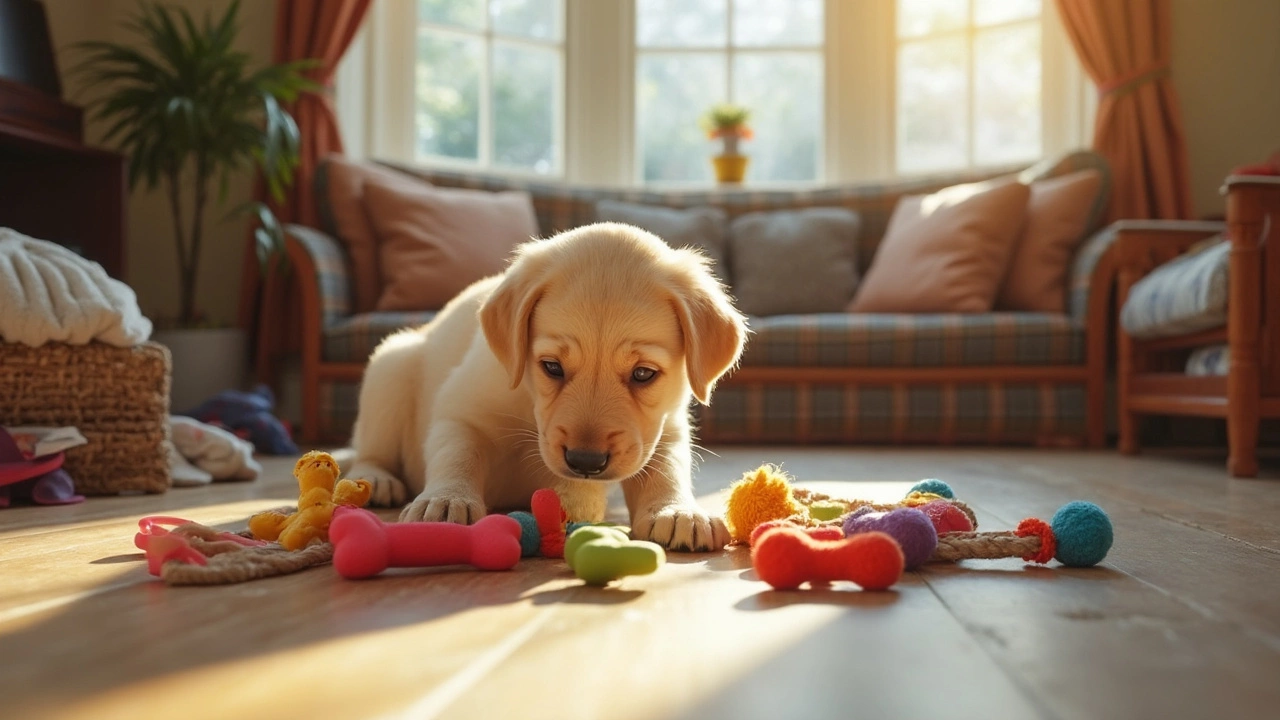
Puppy Chew Toys: What Should I Give My Puppy to Chew On?
Worried about your puppy chewing on everything in sight? This article breaks down safe and smart choices for puppy chew toys. You’ll find which toys are good for teething, what to avoid, and little tricks to keep your puppy’s teeth off your shoes and furniture. Learn what’s best for their growing teeth and what toys can help them stay calm and happy. Say goodbye to ruined socks!
View more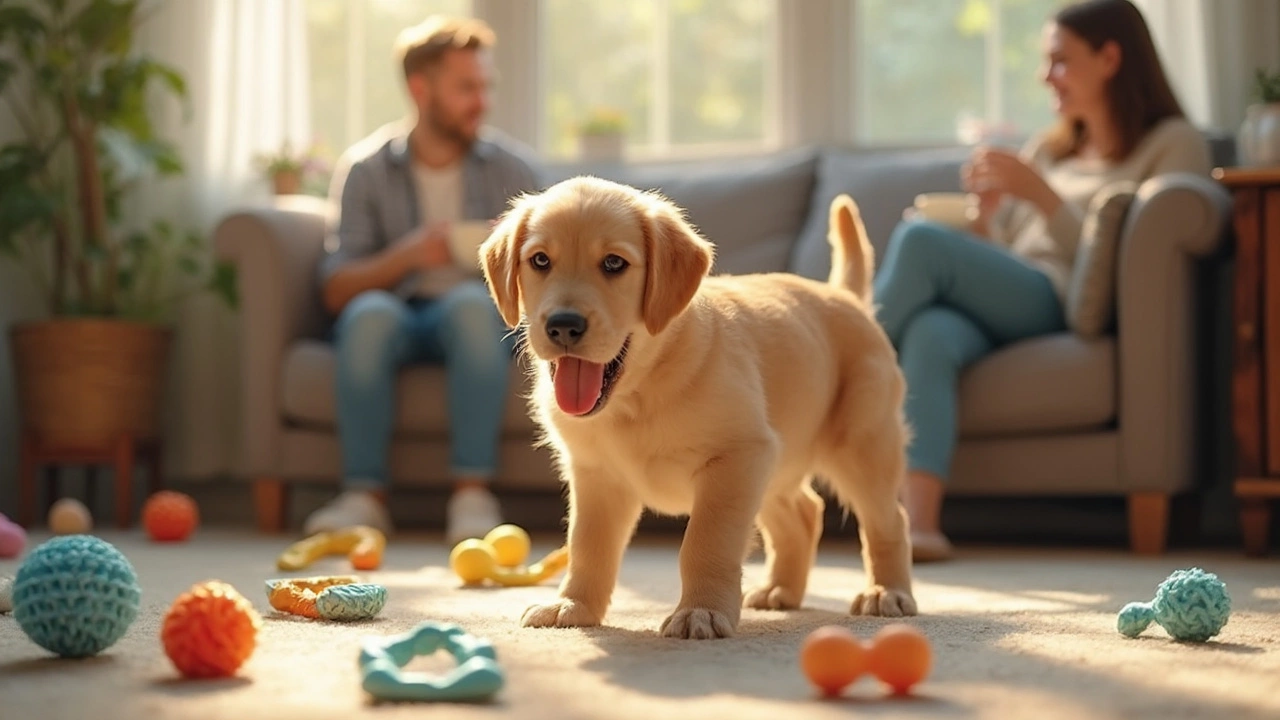
Puppy Toys: How Do I Keep My 8 Week Old Puppy Entertained?
Got an 8 week old puppy bouncing around your home? They need lots of safe things to explore and chew. This article breaks down easy and fun ways to entertain your young pup with toys, games, and daily routines. Discover why babies need variety and how to keep boredom away. Find tips that'll help your puppy burn energy and stay out of trouble.
View more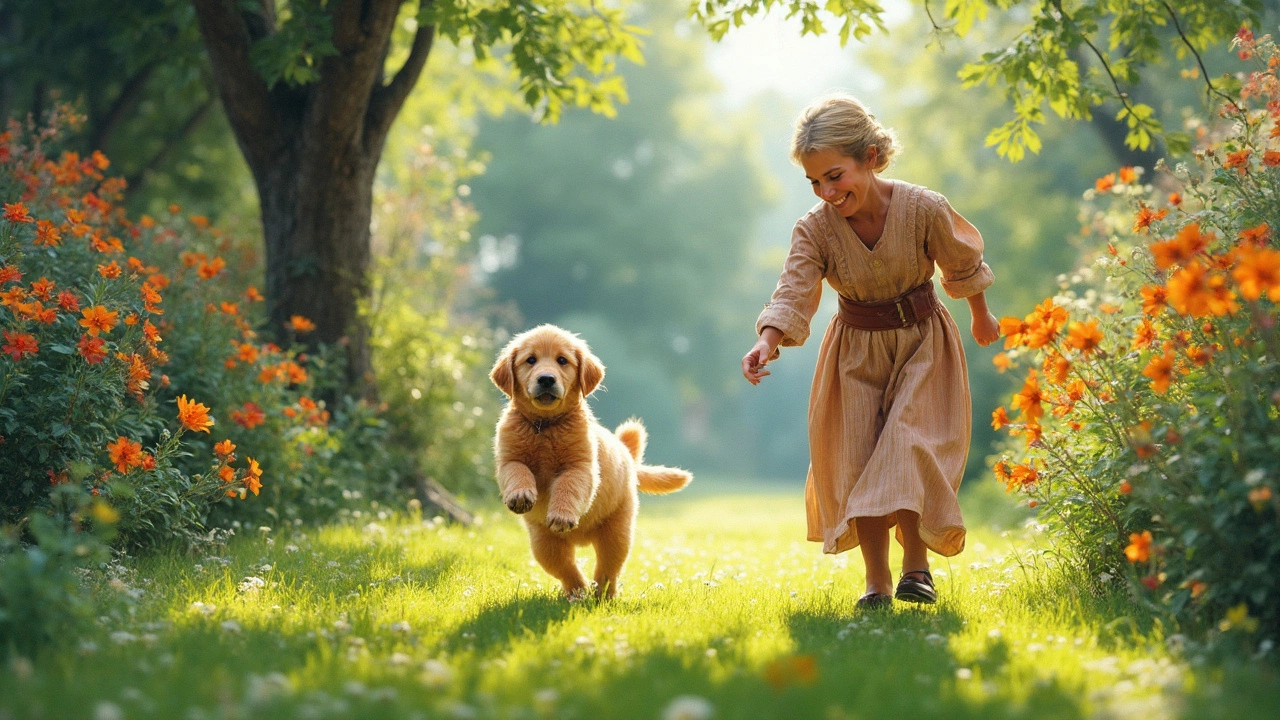
When Do Puppies Learn Their Name?
Ever wondered how long it takes for those cute little furballs to learn their name? Understand when puppies typically recognize their name and discover helpful tips to teach them effectively. Dive into the fascinating world of puppy learning with fun facts and practical advice to make your training sessions a success. Learn about the role of toys in enhancing the learning process and make this journey enjoyable for both you and your puppy.
View more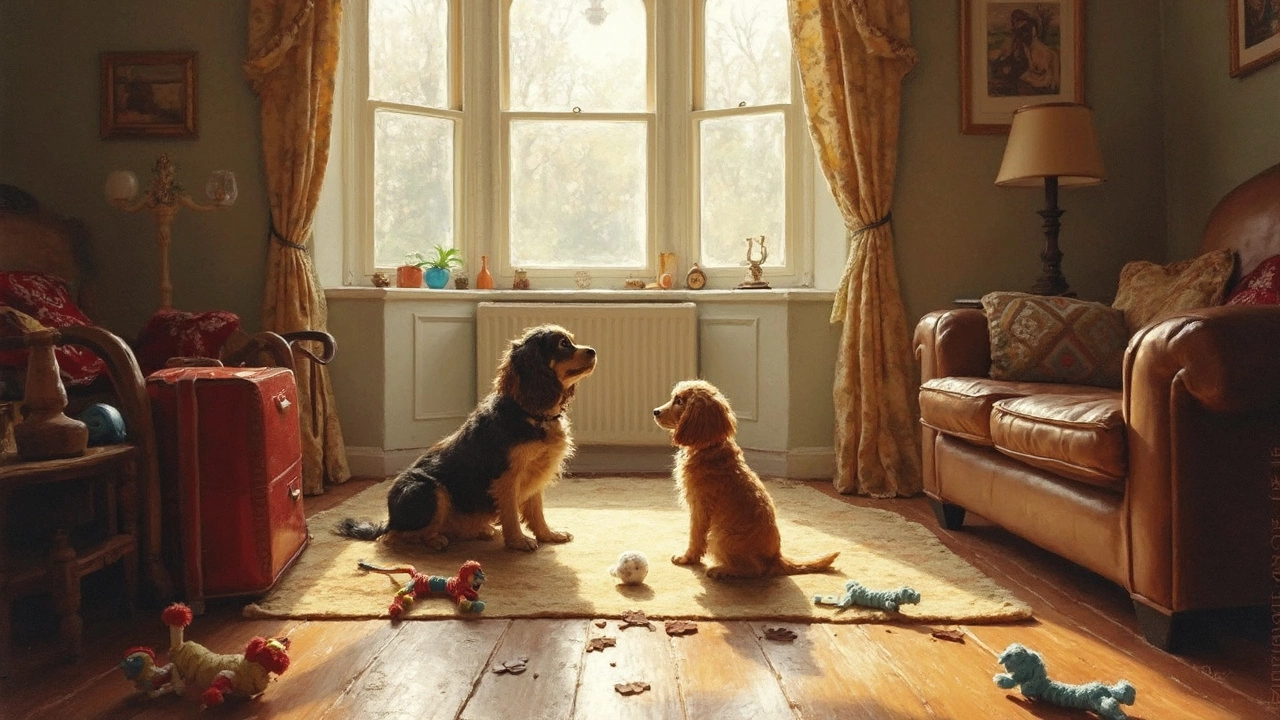
How Long to Potty Train a Puppy: Realistic Expectations for Pet Owners
Potty training a puppy is often a pet owner's first big challenge. The process typically takes anywhere from a few weeks to several months, depending on factors like breed, age, and consistency of training. Utilizing the right tools and maintaining a positive attitude can make all the difference. Introducing toys and rewards during training can also help keep your puppy engaged and motivated. Learn how to set realistic expectations and effective strategies for making the process as smooth as possible.
View more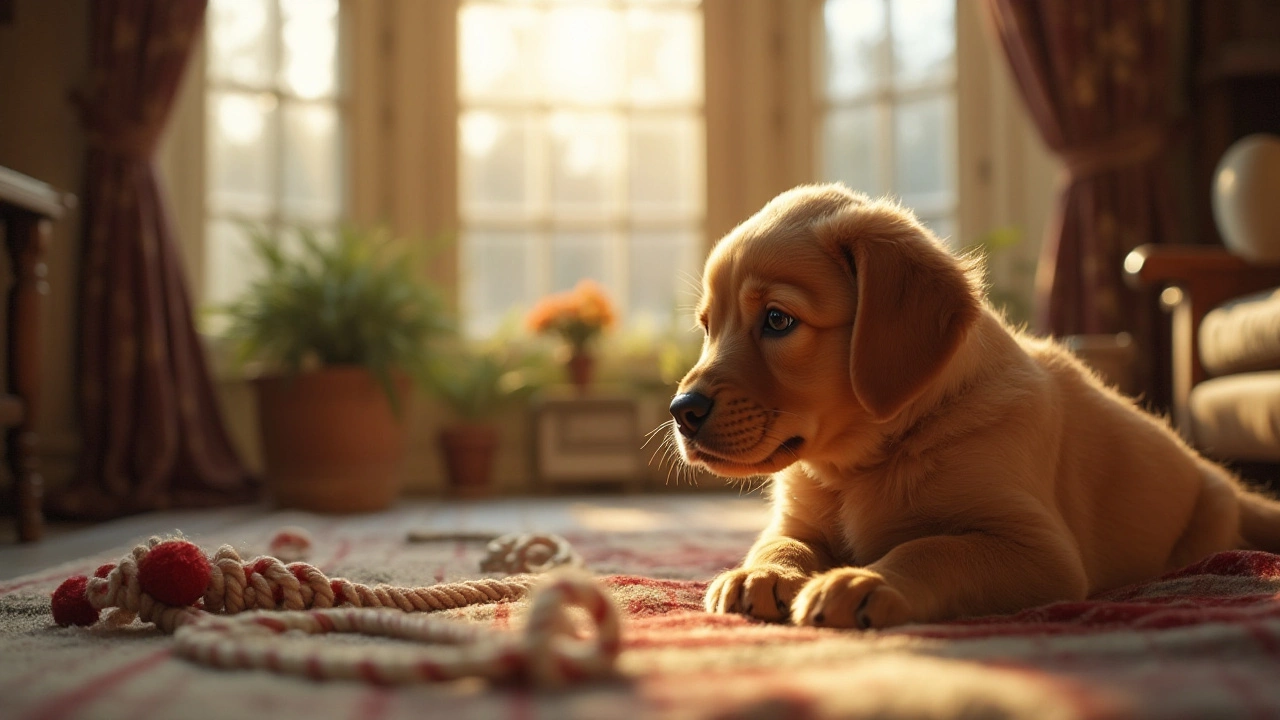
Can You Safely Leave a Puppy Alone for 8 Hours? Tips and Toys for Happy Puppies
Leaving a puppy alone for an extended period can be challenging for both the owner and the pet. Young dogs have specific needs and require a lot of attention and care, especially in their formative months. By choosing the right toys and taking certain precautions, owners can ensure that their puppies are comfortable when alone. It's crucial to understand a puppy's needs, how to keep them entertained, and when it's safe to leave them alone for extended periods.
View more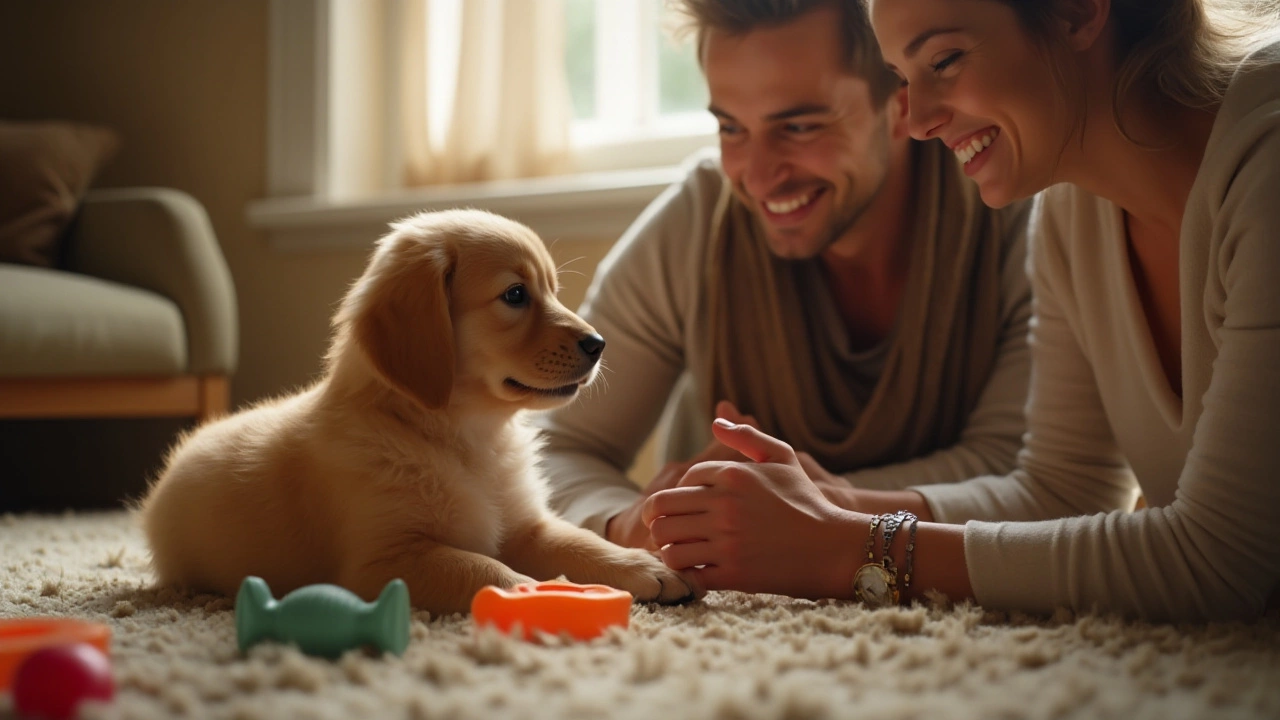
When Do Puppies Start Responding to Commands?
Training a puppy to obey commands is a crucial aspect of pet ownership. Puppies can start learning basic commands as early as eight weeks old, although patience and consistency are key. Using toys can aid in reinforcing obedience by providing visual and tactile cues. This article explores the timeline of puppy obedience, offering tips on incorporating toys to make training both effective and enjoyable.
View more